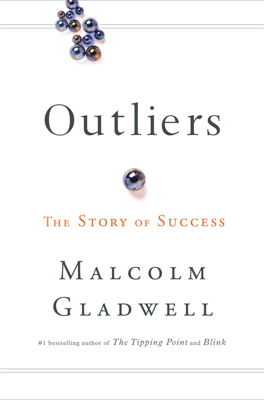The Trouble With Geniuses, Part 1
Malcolm Gladwell explores the complexities of intellectual indicators, such as IQ scores, and their correlation with success. The chapter opens with the story of Christopher Langan, a man possessing an extraordinary IQ of 195, which despite its magnitude hasn't translated into world-renowned success or achievement. This introduces the broader theme that extraordinarily high IQ levels don't necessarily correlate with real-world success beyond a certain threshold.
Lewis Terman of Stanford University, recognizing early on the potential of individuals with high IQs, initiated a comprehensive study known as the "Terman study." He identified over a thousand children with high IQs and tracked their achievements throughout their lives. Contrary to his hypothesis that high IQ equates to superior life success, many of his subjects led only moderately successful lives, and none became Nobel Laureates. Terman's selective focus on "genius" based on high IQ excluded truly successful innovators, like future Nobel laureates William Shockley and Luis Alvarez, because they did not meet his IQ criterion.
Further narrative in the chapter suggests that IQ has a threshold necessary for academically and professionally challenging tasks but beyond this threshold, additional IQ points don't offer real-world advantages. Success in fields like law or medicine, and especially in novel and creative domains, depends on a variety of other factors possibly unrelated to intelligence as measured by conventional IQ tests. This is highlighted by Hudson and others through divergence tests designed to measure creativity, where responses are not limited to one correct answer but are broad and varied.
Gladwell notes that success doesn't rely solely on intellectual capabilities as IQ tests measure, but more on practical intelligence and creative problem-solving. He argues for the need to reconsider educational and professional systems that disproportionately emphasize conventional measures of intelligence, advocating for a model that acknowledges and fosters diverse talents.
The overarching implication is that systems and institutions, like universities and employers, which prioritize high scores on intelligence tests, may overlook individuals capable of high levels of achievement that are not predicted by such tests. Recognizing and nurturing potential beyond traditional metrics could lead to broader opportunities for outstanding success.
